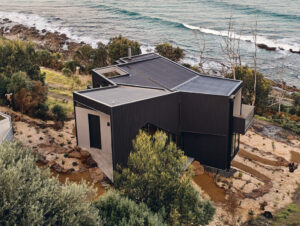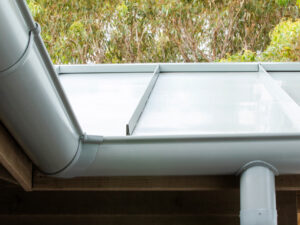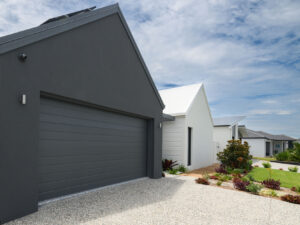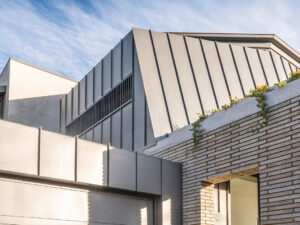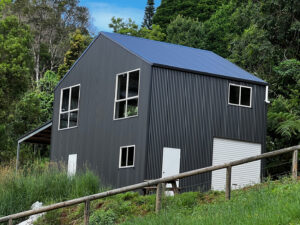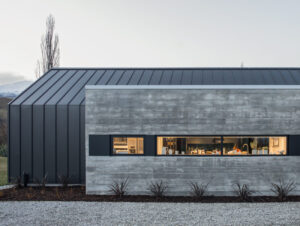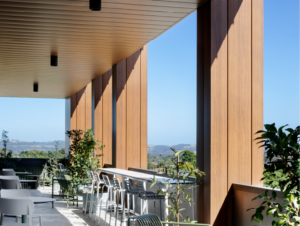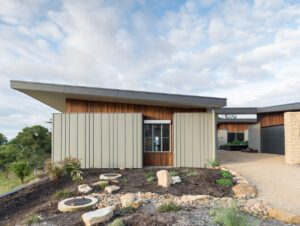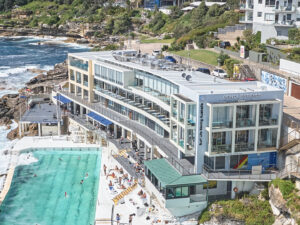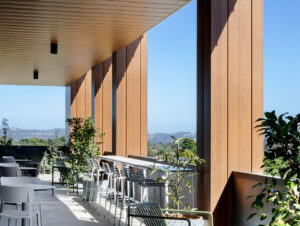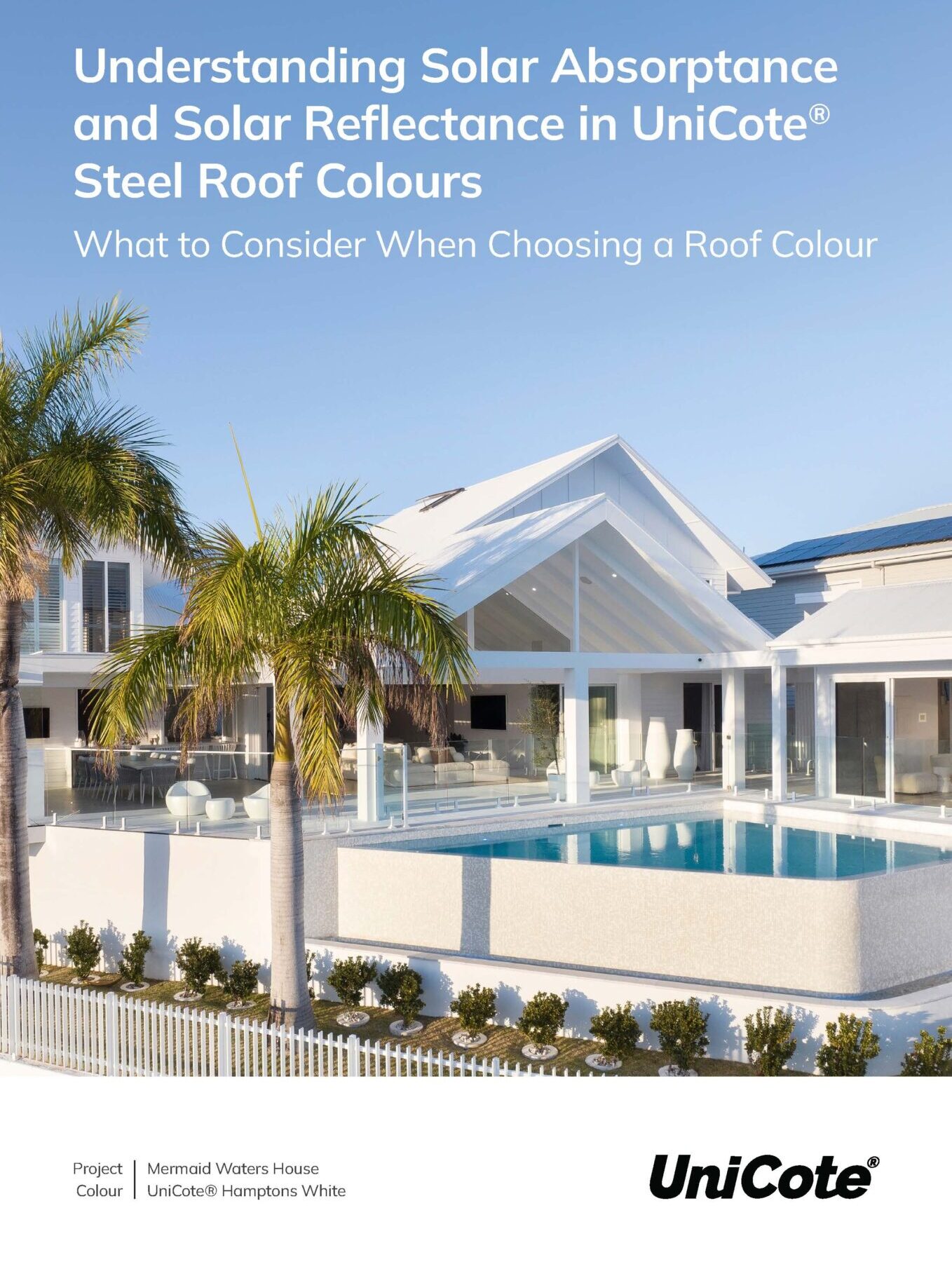ESSENTIAL –
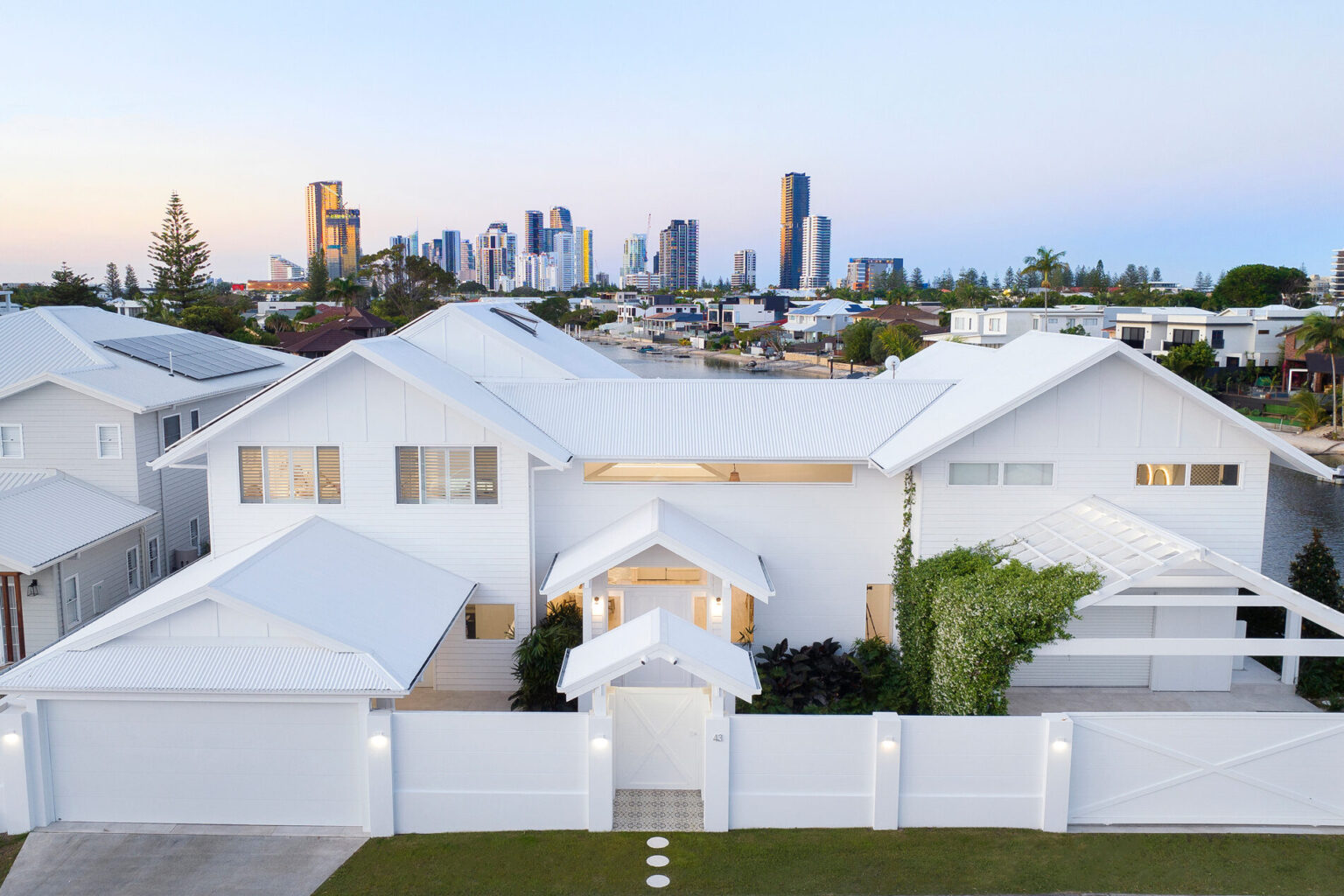
Understanding Solar Absorptance and Solar Reflectance in UniCote® Steel Roof Colours
When it comes to selecting the colour of your UniCote® steel roof, it’s essential to consider more than just appearance. The colour you choose can significantly impact your home’s energy efficiency and comfort. Here’s a breakdown of what Australian homeowners need to know about Solar Absorptance (SA) and Solar Reflectance Index (SRI).
Let’s start with Solar Absorptance (SA). This refers to how much sunlight your roof absorbs. Picture wearing a dark shirt on a scorching Australian summer day – it absorbs more sunlight, making you feel warmer. Your roof behaves similarly. Opting for a darker colour means your roof will absorb more sunlight, potentially leading to higher indoor temperatures. Conversely, lighter colours reflect more sunlight, helping to keep your home cooler. So, if you’re looking to lower your cooling costs and maintain comfort during hot Australian summers, consider lighter coloured roofing materials.
Now, onto Solar Reflectance Index (SRI). This metric gauges how effectively your roof reflects sunlight and releases absorbed heat. Think of it as your roof’s ability to stay cool under the Australian sun. A higher SRI indicates that your roof reflects more sunlight and releases heat more efficiently, helping to keep your home cooler. When selecting a roof colour, prioritize materials with a high SRI value to potentially reduce your energy bills and create a more pleasant indoor environment.
For Australian homeowners, what does this mean in practice? When choosing a UniCote® steel roof colour, consider the local climate and your home’s orientation. If you reside in a hot and sunny area like Queensland or Western Australia, opting for lighter-coloured roofing materials can help keep your home cooler and minimize energy usage. Conversely, if you’re in a cooler region like Tasmania or Victoria, darker roof colours may be more suitable to absorb heat and maintain warmth during winter.
In summary, when deciding on a roof colour, consider both Solar Absorptance (SA) and Solar Reflectance Index (SRI). Aim for lighter coloured materials with high SRI values to promote energy efficiency and comfort, particularly in Australia’s warmer climates. By understanding these concepts, you can make informed choices that may benefit both your household budget and the environment.
Downloads
Solar Absorptance (SA) is the fraction of the total incident solar radiation that is absorbed by the roofing material. It is expressed as a ratio between 0 and 1, with a lower number a cooler option. These are nominal values calculated in accordance with ASTM E 903-96.
Solar Reflectance Index (SRI) is a measure of the solar reflectance and emissivity of materials. Measured on a scale of 0 (least reflective) to 100 (most reflective). These are nominal values calculated in accordance with ASTM E1980-11.
